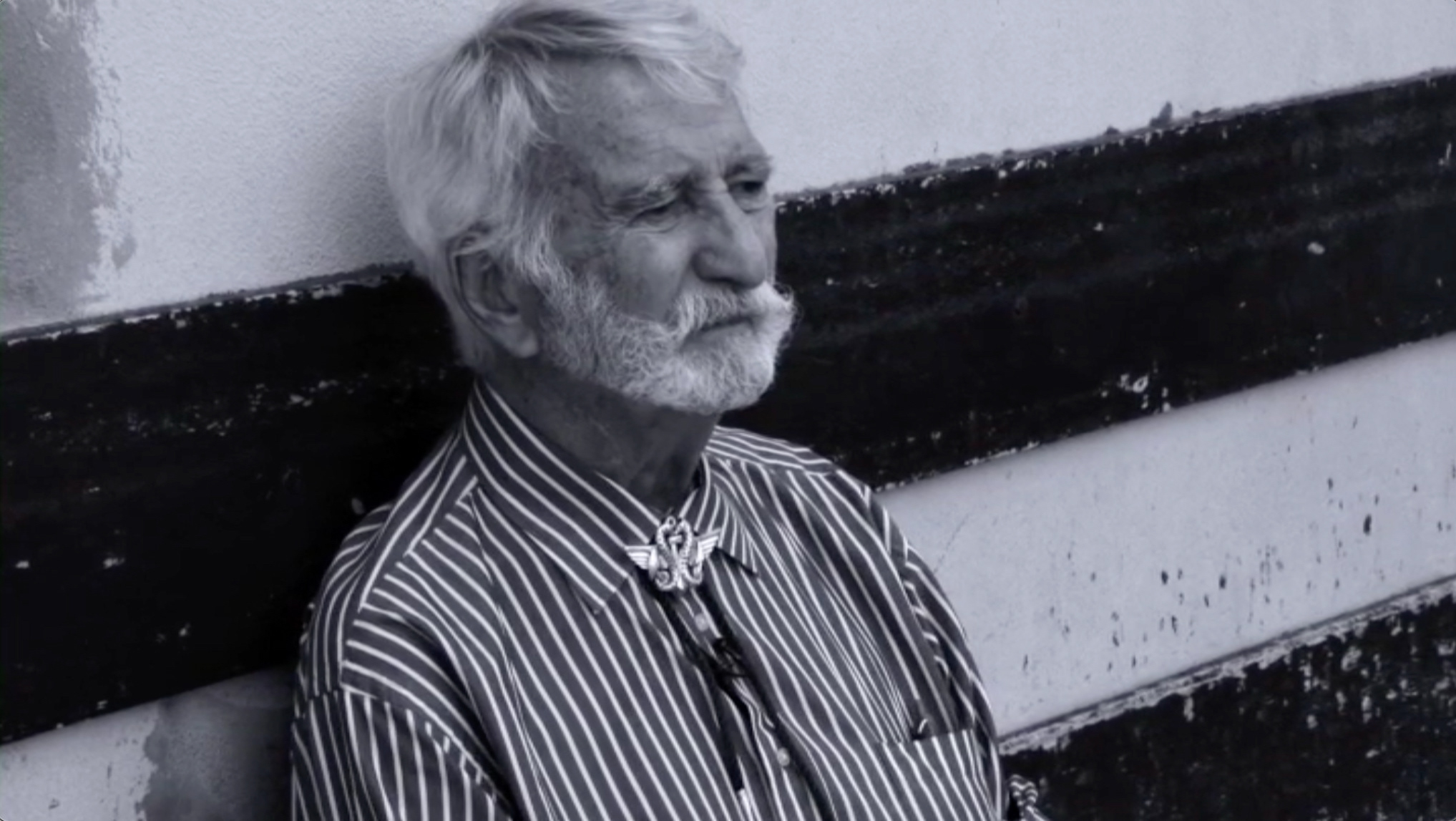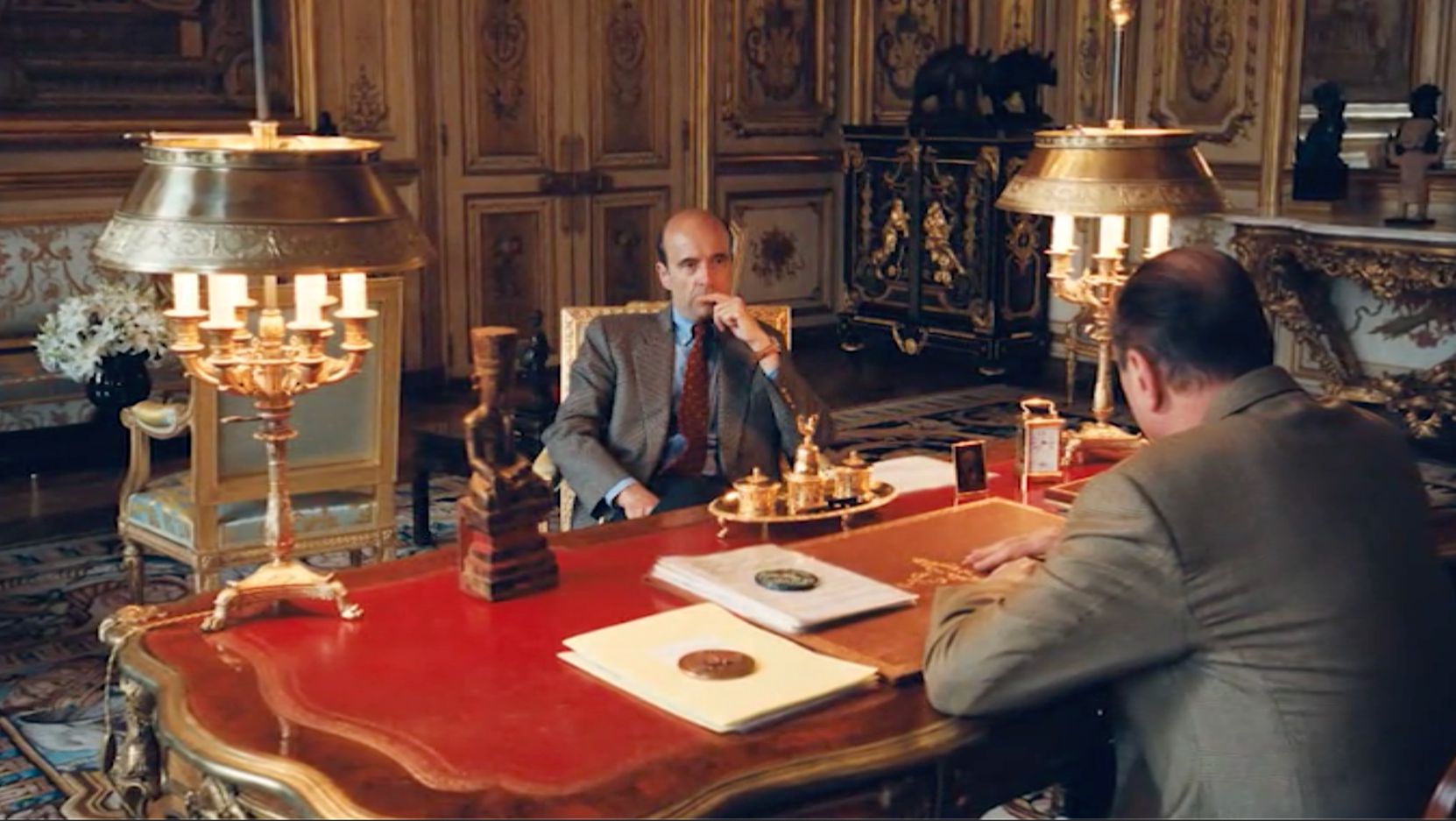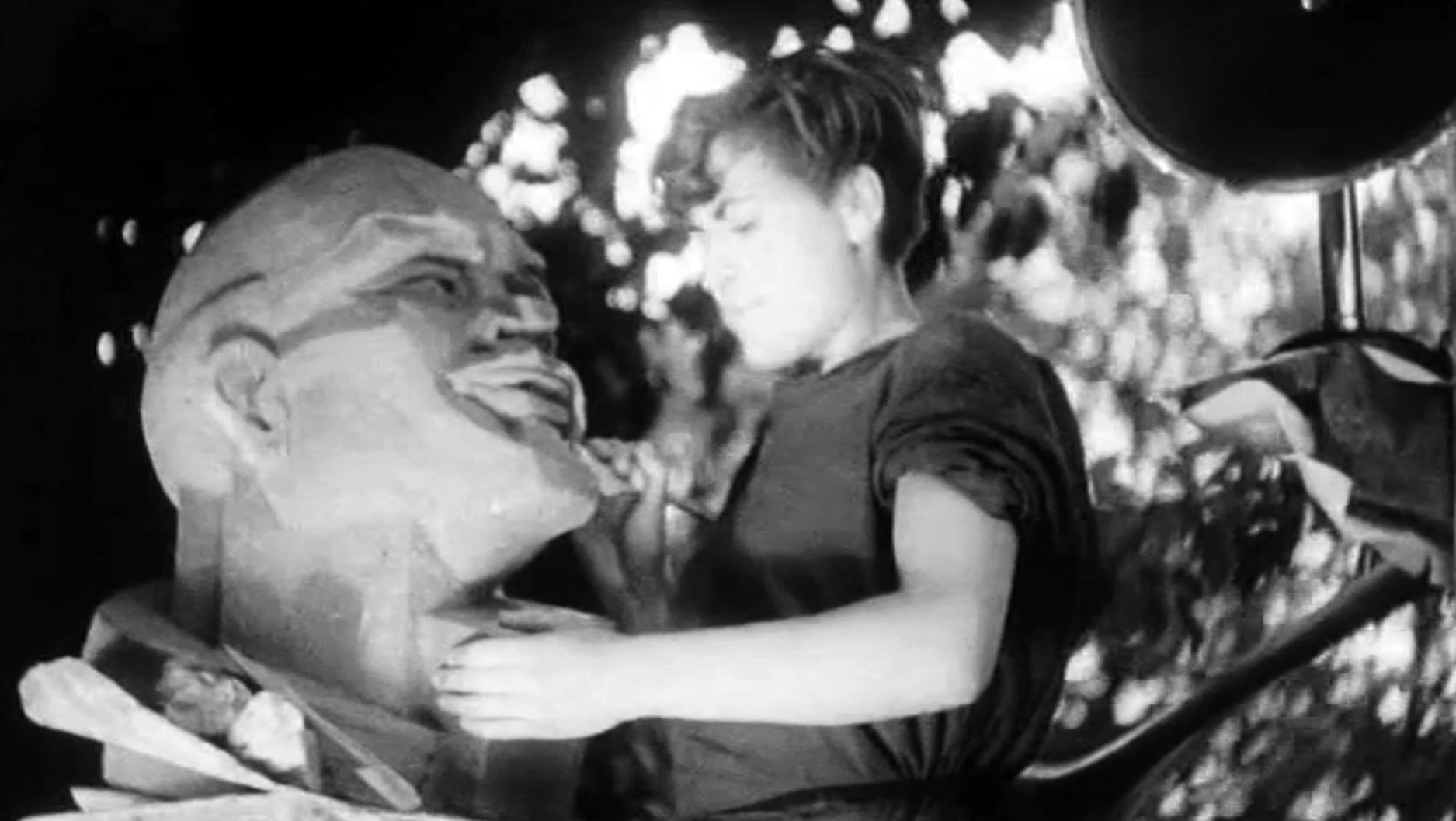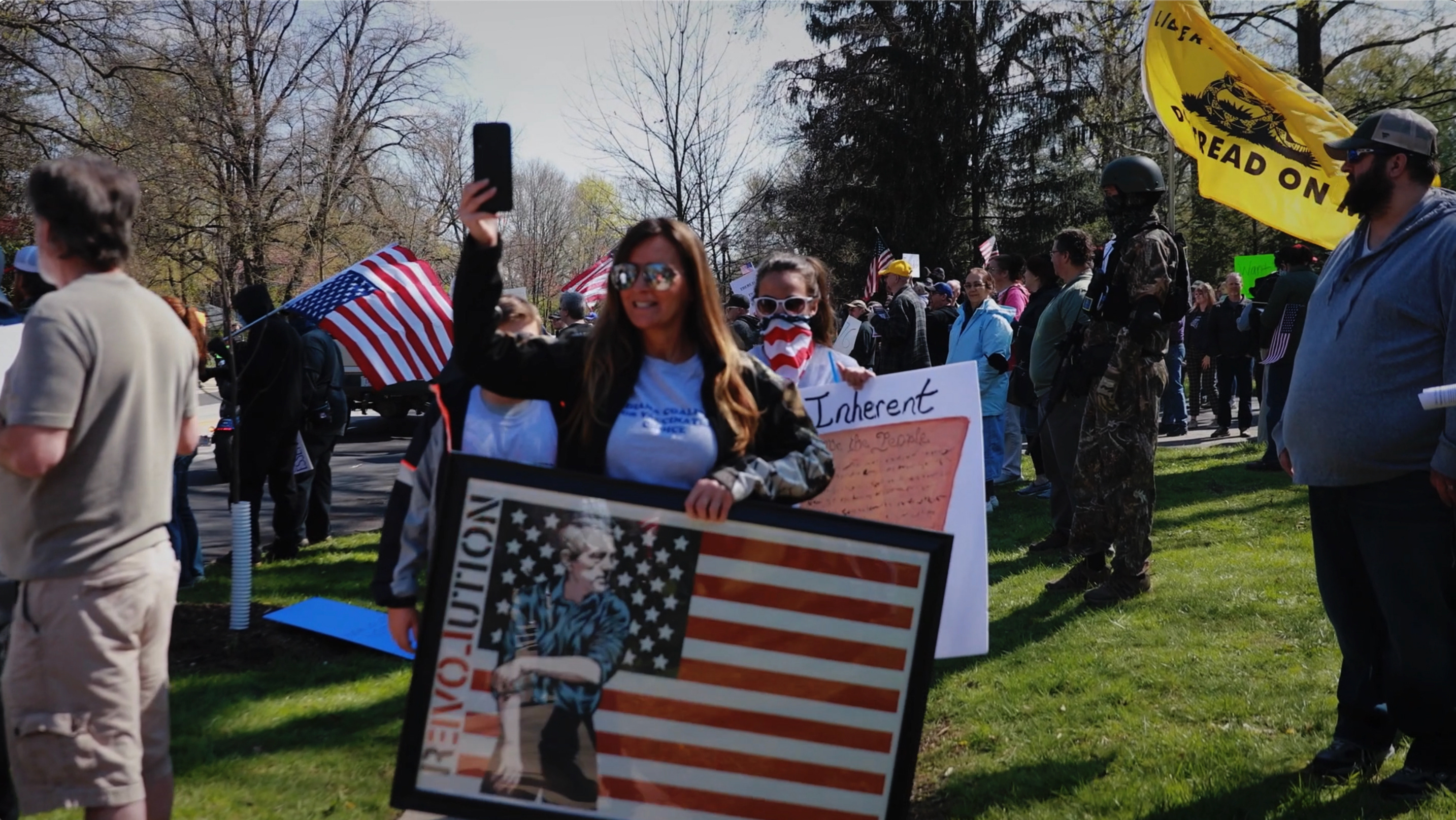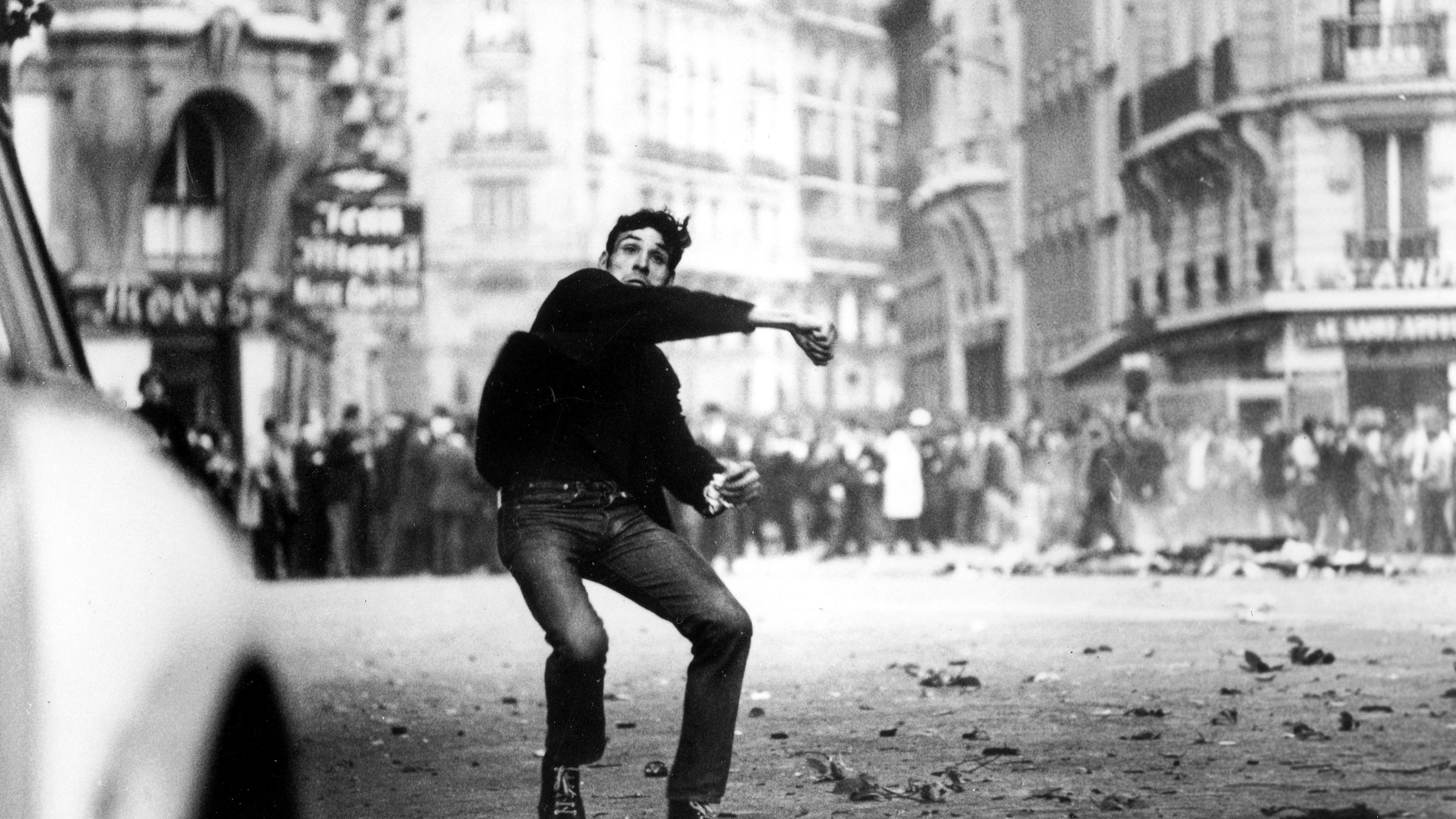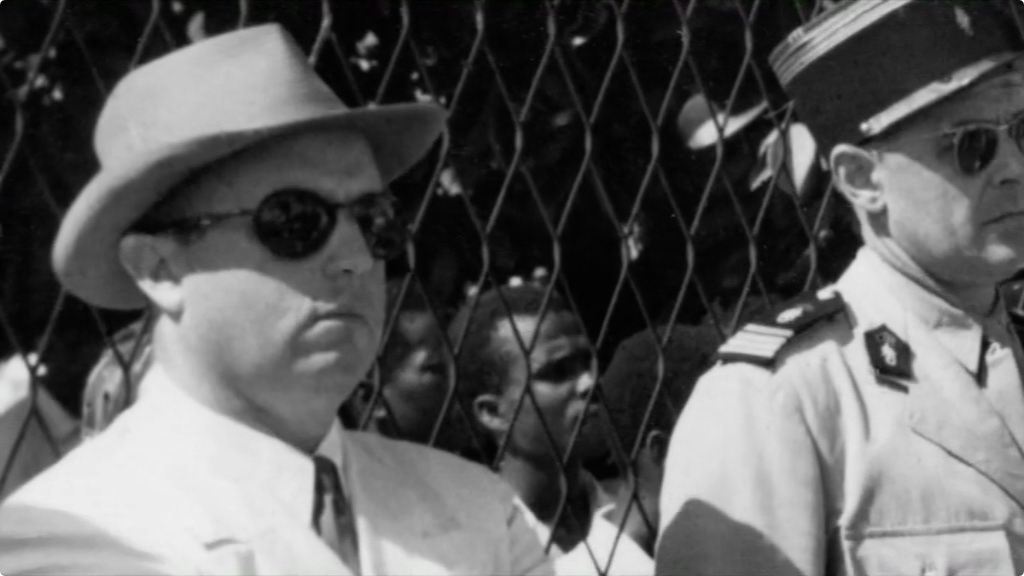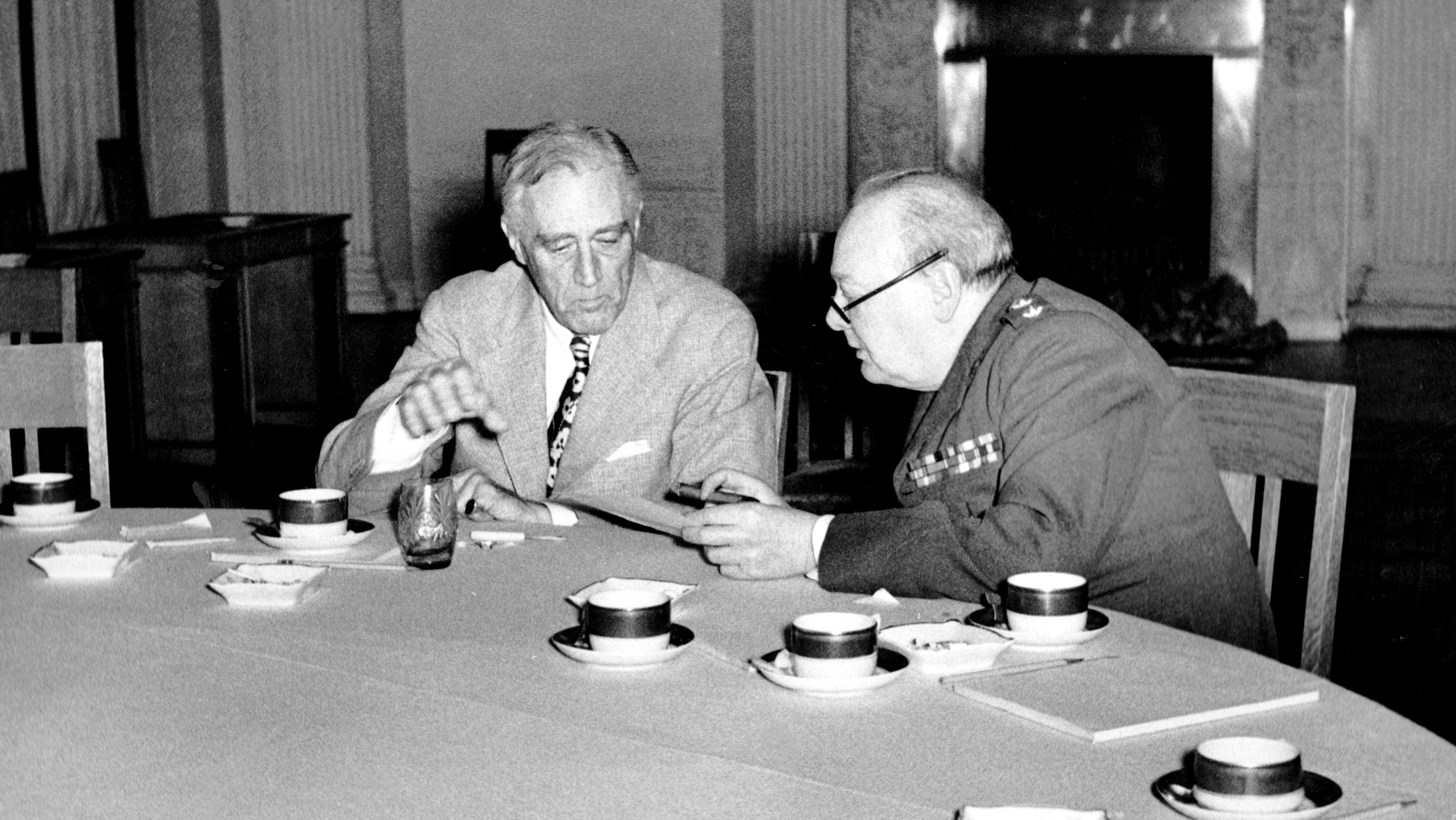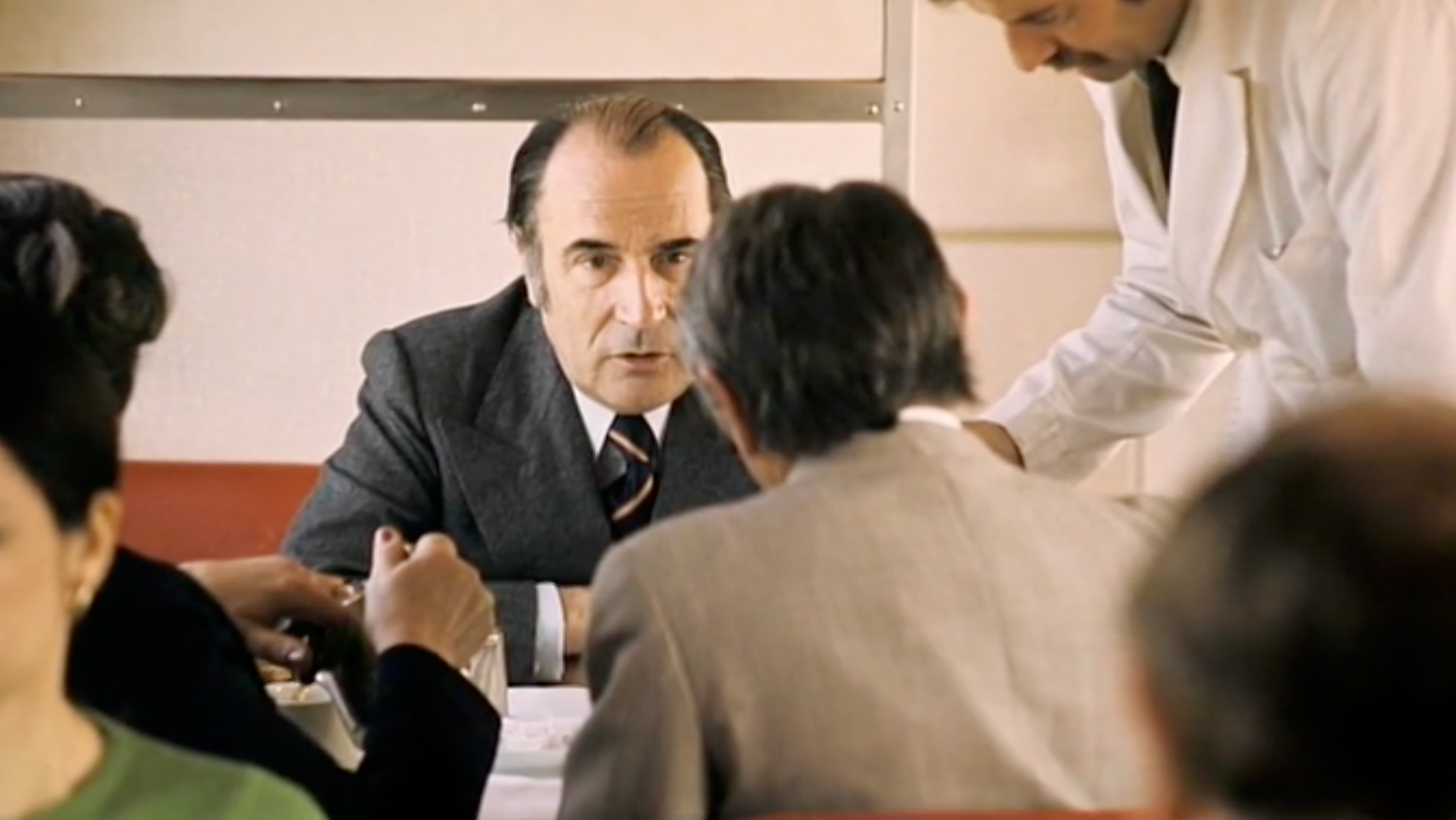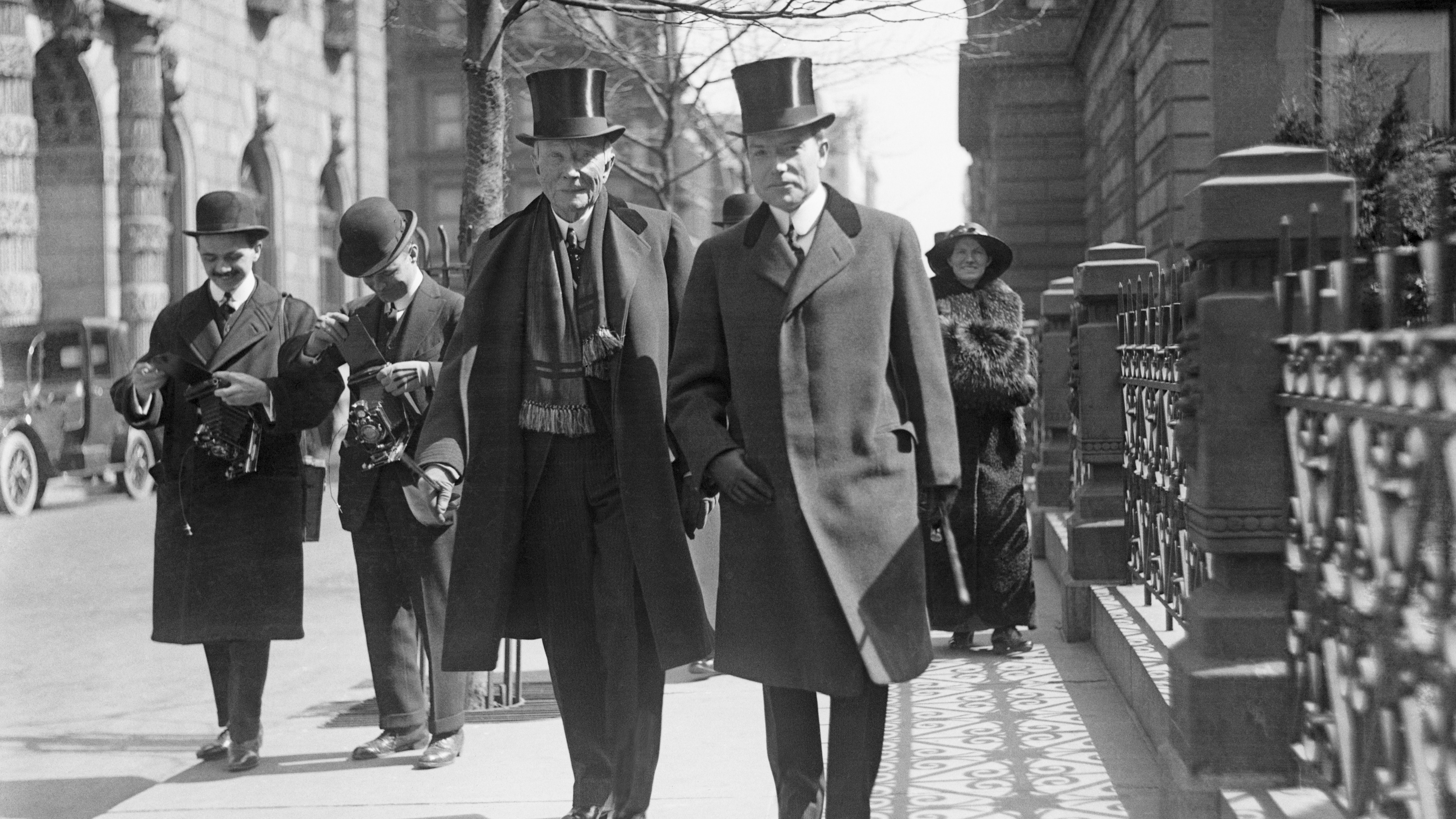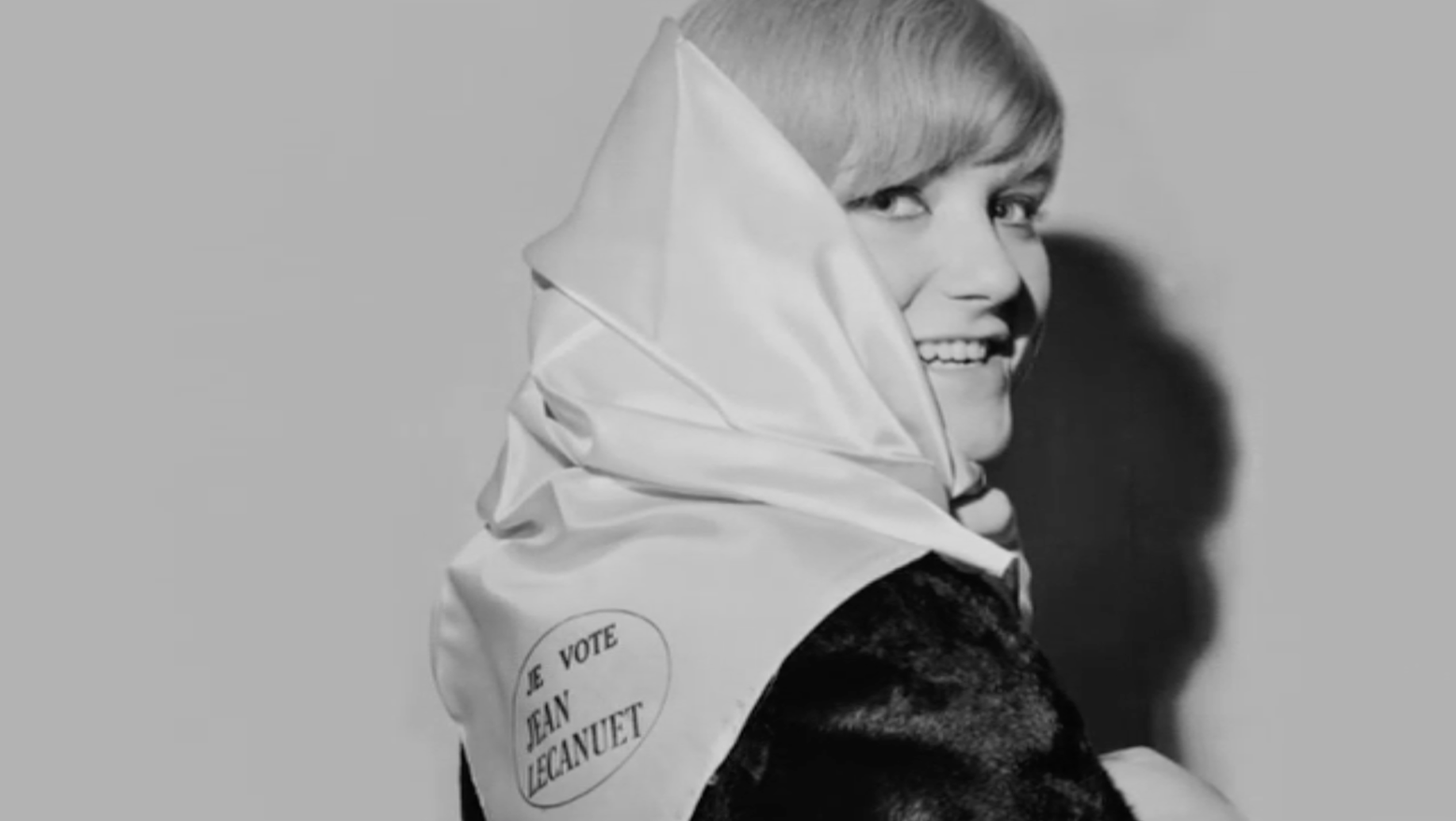(Drawing : Thierry Murat)
TEAM
written by Cédric Tourbe and Olivia Gomolinski
directed by Cédric Tourbe
advisor : Nicolas Petrov, Memorial
edited by Mathieu Blanc
drawings : Thierry Murat
maps : Brigade du titre
music Pierre Dechamps
produced by Alexandre Hallier and Jérémy Pouilloux
production : la générale de production
co-production : Silver Frame
post-production : French Kiss / Pom'Zed
broadcast by ARTE France & Telewizja Polska S.A
participation : Procirep, Angoa-Agicoa
region Nouvelle-Aquitaine
region Occitanie
CNC
written by Cédric Tourbe and Olivia Gomolinski
directed by Cédric Tourbe
advisor : Nicolas Petrov, Memorial
edited by Mathieu Blanc
drawings : Thierry Murat
maps : Brigade du titre
music Pierre Dechamps
produced by Alexandre Hallier and Jérémy Pouilloux
production : la générale de production
co-production : Silver Frame
post-production : French Kiss / Pom'Zed
broadcast by ARTE France & Telewizja Polska S.A
participation : Procirep, Angoa-Agicoa
region Nouvelle-Aquitaine
region Occitanie
CNC
Story of a mass crime
On September 1, 1939, Nazi Germany attacks Poland and quickly routs the Polish army. Suddenly, on September 17, the Soviet army invaded Poland from the east and took 250,000 Polish soldiers prisoner. This stab in the back was the result of a secret agreement made in August 1939 between Hitler and Stalin, who thus divided Poland in two.
Immediately, Germany implemented its racial and anti-Semitic policy in its zone of occupation, while the Soviet Union began to sovietize its own. The soldiers taken prisoner were separated from the officers, who were sent to the Soviet Union and parked in three former monasteries: Kozielsk, Starobielsk and Ostachkov. These 15,000 officers - and members of the Polish political and intellectual elite - were subjected to intense political re-education. They were no longer in the hands of the Red Army but of the NKVD, the political police led by Lavrenti Beria. They had no idea what to expect... or even what the NKVD really was.
The NKVD is the descendant of the Cheka, the political police created by the Bolshevik party as soon as it took power. Its purpose is to implement the party's policies by violence and its modus operandi, assumed from the beginning, is to terrorize the population. The "Chekists" have kept the old habits of clandestinity of the Bolshevik party and are all united by a real cult of secrecy. During the 1920s, they ruthlessly executed all those whom the party designated as "class" enemies and gradually sovietized the entire Soviet Union. It was in this bloody activity that a young Georgian Chekist, Lavrenti Beria, became particularly famous. He soon became a protégé of the man who was about to take power: Joseph Stalin.
In 1928, Stalin entrusted the Chekists with the task of implementing the sovietization of the entire Soviet peasantry, which would be called "collectivization". This collectivization is particularly violent in Ukraine and Belarus because it is a question of bringing to heel these border populations in whom Stalin does not trust. The Chekists then implemented a policy of voluntary famine, the horror of which culminated in 1933. Locked in their villages and without means of subsistence, the peasants ended up eating each other. Collectivization causes three million deaths in Ukraine and Belarus, in the most absolute secrecy: thanks to an intense propaganda work - which systematically announces the opposite of the reality - the whole world ignores the extent of what is happening in the USSR.
Finally, it is the whole Soviet society that is in turn purged in 1937. The Chekists executed 750,000 people with a bullet in the head according to a very well-tried procedure and once again in total secrecy. In order to eliminate all traces, the Chekists even purged themselves and 14,000 of them (including two former NKVD chiefs) were also executed.
In the meantime, Lavrenti Beria took over the NKVD.
In 1940 Beria proposed to Stalin to execute the detained Polish officers. This was a routine decision in the context of the Sovietization of Poland and did not raise any debate.
22,000 officers were secretly executed in 1940 in the usual way and buried in various mass graves. This was only one episode of a larger plan, because at the same time, one million Polish citizens were deported to the USSR.
The affair should have ended there.
But in 1941, Hitler attacked the Soviet Union and the situation was reversed. Stalin, in distress, accepted Churchill's outstretched hand. At the same time, he made peace with the Polish government in exile in London and the detained Poles were amnestied. But thousands of officers were missing. Stalin and the NKVD succeeded in evading questions and kept the Poles in stitches for two years.
In 1943, it was Nazi Germany's turn to be in distress after its defeat at Stalingrad. The German army, having stumbled upon the Katyn mass grave, revealed to the world that the missing Polish officers had been executed by the NKVD in 1940. But no one in the Allies believed the Nazi propaganda. While the USSR blamed the Nazis for the crime, Poland demanded an independent Red Cross investigation. Stalin cleverly seized the opportunity to declare that the Polish government was de facto on the side of the Nazis and broke off diplomatic relations with it.
In the meantime, the investigation on the spot concluded without a shadow of a doubt that the Soviet government had committed the crime. Churchill and Roosevelt, now aware of this, decided to keep the information secret so as not to harm their ally Stalin. The Katyn affair then turned against Poland, which was now isolated, while the West was gripped by a veritable "Soviet mania" with a great deal of propaganda.
In 1944, the Red Army took over the Katyn area and a Soviet investigation, which had the value of official truth, concluded that the Nazis had committed a crime.
Shortly afterwards, the Red Army liberated Poland, which was no longer anything but a field of ruins. The Polish government in exile in London no longer had a say in the matter because of Katyn, and a Communist government was installed in Warsaw.
At Yalta in 1945, Stalin, crowned with his status as the victor over Nazism, officially annexed the Polish zone that Hitler had already secretly granted him in 1939. Poland drank the cup of Katyn to the dregs.
For 50 years, Soviet propaganda was effective in covering up the truth about Katyn, and doubts about the origin of the crime persisted.
The truth came out in 1990, when the Soviet Union recognized the facts...
... Before disappearing a few months later.
